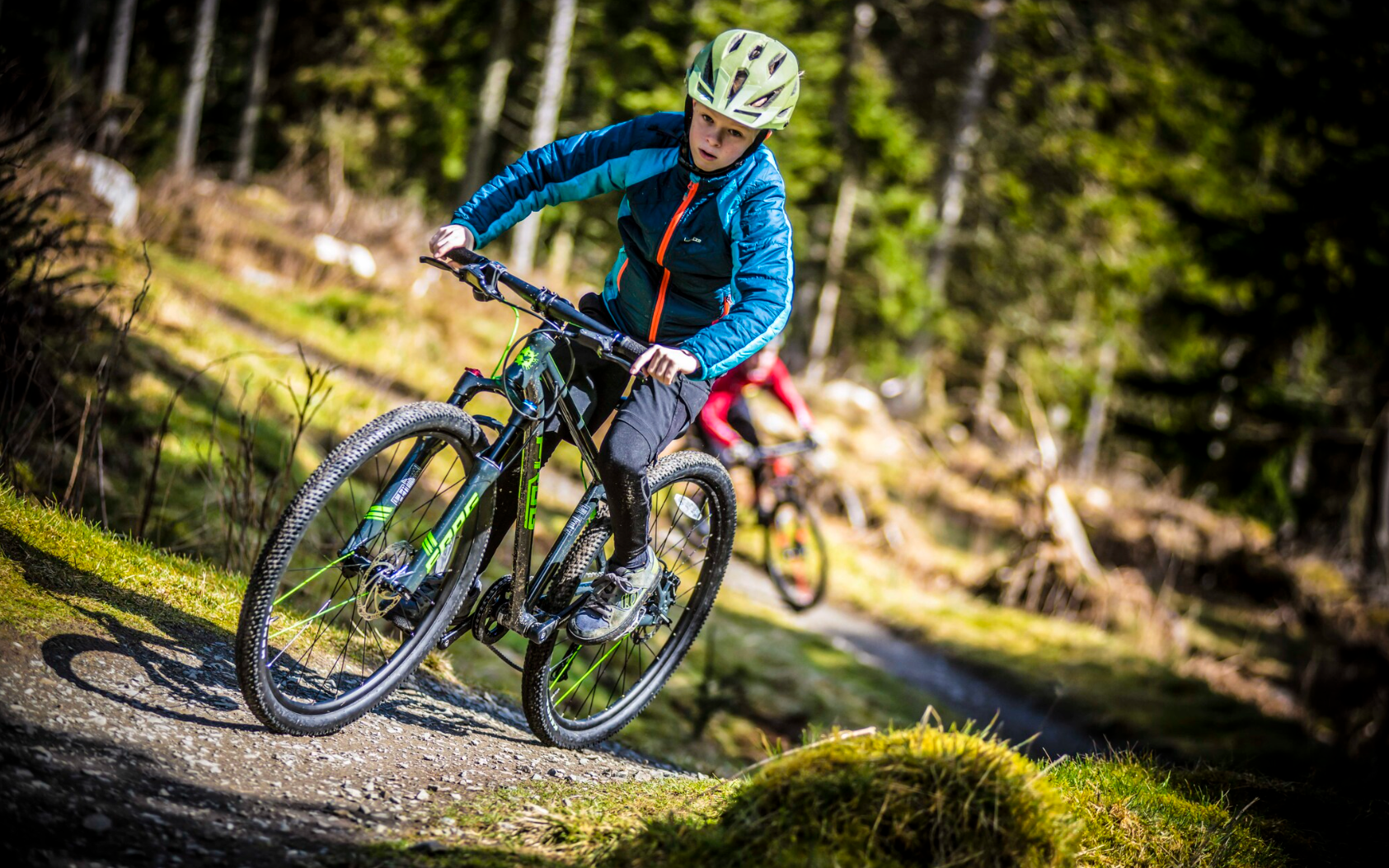Tips for Cycling Up Hills
Hills can test even the most enthusiastic cyclist, young or old. With a little preparation and the right techniques, however, your kids can conquer those climbs with confidence and descend without wiping out!
Read on for some tips and tricks to help your little ones become hill-climbing champions.
Before the Ride
- Pick the right gear: Let your child choose a lower gear before tackling a climb. This will make pedalling easier and prevent them from getting discouraged.
- Practice makes perfect: Find some gentle slopes in your area and have your child practice shifting gears and maintaining a steady pace while climbing.
- Fuel up for the challenge: Give them a healthy snack or energy drink before setting off. Climbing requires extra effort, so proper fuel is important. Also, save them a treat for the top.
Hill Climbing Techniques
Stand tall
If it’s too steep to cycle whilst sitting, encourage your child to stand up on their pedals while climbing. This engages more leg muscles and provides more power. Think of it like using their whole body to push against the hill. When they stand, they can use their legs, core, and even their arms for more leverage, making climbing feel easier.
Spin, don't mash
It's better to maintain a high cadence (pedal revolutions per minute) with a lower gear than to grind slowly in a high gear. Imagine pedalling quickly but softly, like churning butter. This way, their legs won't get tired as quickly, and they can maintain a steady pace for the entire climb.
Pace yourself
Climbing is a marathon, not a sprint. Encourage your child to maintain a steady pace and avoid burning out too quickly. It's all about taking manageable bites and keeping a consistent rhythm.
Serpentine strategy
On steep, winding climbs, you and your child can take a wider line, zig-zagging slightly, to make the incline feel less daunting. Imagine a curvy road winding up a mountain. Taking a wider line makes the climb seem less steep because you’re not facing the full gradient of the incline at once.

Descending Techniques
Descending is naturally easier than ascending thanks to gravity but it comes with its own perils. Here are some tips to prevent your little one from losing control:
Braking Basics
Teach your child to use both brakes simultaneously for controlled slowing down. Emphasise squeezing the brakes smoothly, not grabbing them abruptly.
Scan the Path
Be sure to check the path down is clear and safe. Scan the path for obstacles, potholes, ramblers, or upcoming turns.
Modulate Your Speed
Descending isn't about going as fast as possible. Teach your child to adjust their speed based on the terrain, weather conditions, and their own comfort level. It’s easy to lose control once they get going!

Motivation and Support
To help them master hill cycling, be sure to give them some support and reassurance:
- Positive reinforcement: Celebrate their progress and effort when they summit a tricky hill.
- Ride together: Riding with a friend or sibling can provide encouragement and make the climb more enjoyable.
- Take breaks: Don't be afraid to take short rest breaks. Let your child catch their breath and enjoy the view.
- Focus on the fun: Remind your child that conquering hills is a challenge to overcome, not a punishment.
Frequently Asked Questions about Hill Cycling
What gear should I use for climbing hills?
Shift to a lower gear before the incline starts. You want your legs to spin at a comfortable cadence while still providing enough power.
Do I need a special bike for climbing hills?
Not necessarily, but a bike with a wider range of gears will make climbing much easier. Mountain bikes often come with large cassettes to be able to tackle gnarly climbs, but most bikes can be ridden on moderate hills.
Should I stand up or stay seated while climbing?
Sitting is generally more efficient for long climbs. However, standing can be helpful for short, steep sections to give your legs a break and engage different muscle groups.
